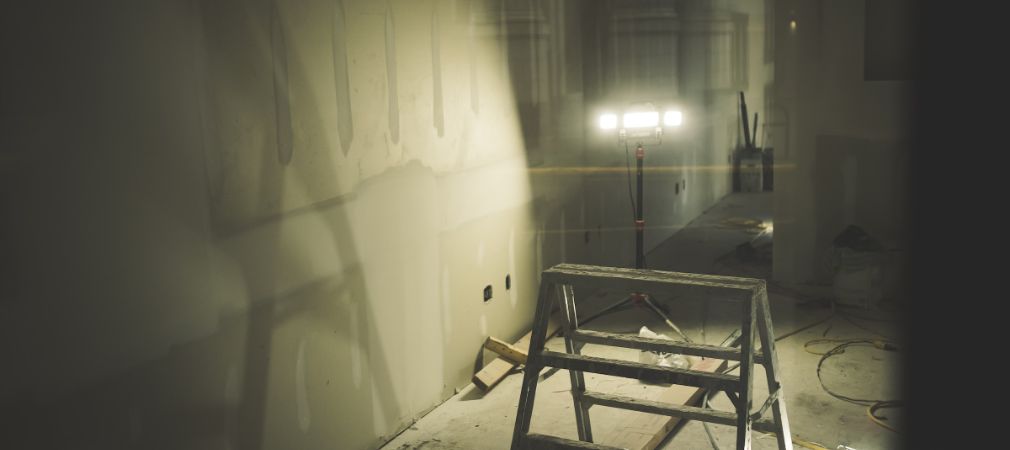
Drywalling, also known as sheetrocking or gypsum board installation, is the process of installing drywall panels to create interior walls and ceilings in residential and commercial buildings. Drywall is a popular building material due to its affordability, ease of installation, and smooth finish, making it a common choice for modern construction.
Measuring and Marking:
The first step is to measure the area where the drywall will be installed and mark the locations of studs, ceiling joists, and other framing components. This helps ensure accurate and secure placement of the drywall panels.
Cutting Drywall:
Drywall panels are usually available in standard sizes, but they might need to be cut to fit specific areas, such as corners, doors, and windows. A utility knife or drywall saw is commonly used for cutting drywall.
Securing Drywall:
Drywall panels are then attached to the wall or ceiling framing using drywall screws or nails. The panels are secured at regular intervals to ensure stability and prevent sagging.
Taping and Mudding:
After the drywall panels are installed, joints and screw/nail indentations are covered with joint compound (mud). Joint tape is applied over the seams, and multiple coats of mud are applied to create a smooth and seamless surface.
Sanding:
Once the mud has dried, the surface is sanded to create a smooth and even finish. Sanding is a crucial step to achieve a professional-looking result.
Finishing:
After sanding, the walls or ceilings are ready for finishing touches, such as priming and painting.
Drywalling can be a labor-intensive process that requires skill and precision, especially when it comes to taping and mudding. Therefore, hiring a professional drywall contractor is often the best option for high-quality results.
Experience:
Look for contractors with extensive experience in drywall installation and finishing.
Licensing and Insurance:
Ensure the contractor is licensed and carries liability insurance to protect both you and the workers.
Portfolio and References:
Ask for a portfolio of previous drywalling projects and request references from past clients to gauge the contractor's work quality.
Written Estimate:
Obtain a detailed written estimate that includes the cost of materials and labor before the work begins.
Timelines:
Discuss the estimated timeline for completing the drywalling project to ensure it aligns with your needs.
By hiring a professional drywall contractor, you can expect a smooth and well-finished surface that serves as a solid foundation for your interior spaces.